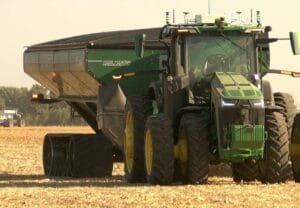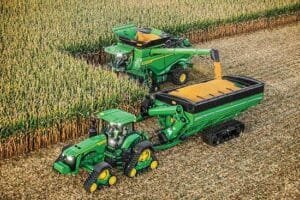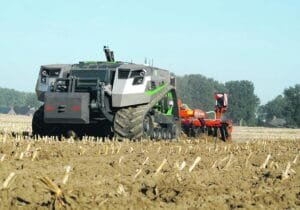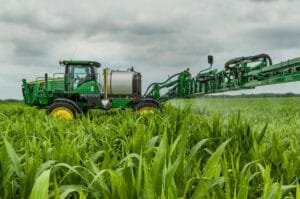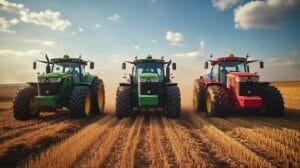The agricultural sector is witnessing a notable transformation as electric AI-powered tractors emerge as a solution to rising labor costs. These autonomous vehicles combine zero-emission technology with artificial intelligence to perform various farming tasks, from plowing to harvesting, with minimal human intervention. As labor shortages continue to challenge farmers worldwide, these smart machines offer a promising option that not only reduces operational expenses but also maintains productivity in modern farming operations. Agricultural automation has reached new heights with the introduction of advanced AI-powered electric tractors, revolutionizing farming operations while considerably reducing labor expenses. These cutting-edge machines combine artificial intelligence with electric propulsion systems to perform complex farming tasks autonomously, enabling farmers to optimize their resources and boost productivity.
The latest generation of autonomous tractors utilizes complex sensor arrays and machine learning algorithms to navigate fields with remarkable precision. They can operate around the clock, performing essential tasks such as plowing, seeding, and harvesting without human intervention. This continuous operation capability allows farmers to maximize their field productivity while minimizing their reliance on seasonal workers.These innovative machines feature advanced GPS systems and computer vision technology,enabling them to create detailed field maps and identify optimal cultivation patterns. The AI systems can analyze soil conditions, crop health, and weather data in real-time, making clever decisions about resource allocation and timing of agricultural operations.
The electric powertrains in these tractors offer ample cost savings compared to customary diesel engines. Maintenance requirements are significantly lower, with fewer moving parts and no need for regular oil changes or fuel system servicing. The vehicles can be charged using renewable energy sources, further reducing operational costs and environmental impact.Farmers implementing these autonomous systems report labor cost reductions of up to 60%.The machines can work efficiently during both day and night, maintaining consistent performance levels without fatigue. This increased operational capacity allows agricultural businesses to expand their production without proportionally increasing their workforce.
The AI systems continuously learn and adapt to specific field conditions, improving their performance over time. They can identify obstacles, adjust their routes automatically, and optimize their working patterns based on historical data and real-time observations. This learning capability ensures increasingly efficient operations as the machines gather more experience in specific agricultural environments.
Safety features are paramount in these autonomous tractors, with multiple redundant systems ensuring reliable operation. The machines can detect unexpected obstacles or conditions and either navigate around them or safely stop operations while alerting remote operators. This advanced safety system allows for confident deployment in various agricultural settings.
Integration with farm management software enables complete monitoring and control of these autonomous vehicles. Farmers can track operations, adjust parameters, and analyze performance data through mobile applications or desktop interfaces. This connectivity provides unprecedented oversight and control over farming operations, allowing for rapid response to changing conditions or requirements.
The combination of artificial intelligence and electric propulsion represents a significant advancement in agricultural technology, offering farmers a powerful tool to modernize their operations while managing costs effectively. As these systems continue to evolve, they are expected to become increasingly central to efficient and sustainable farming practices.

